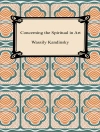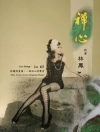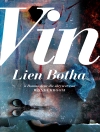Today, artists are engaged in investigation. They probe corruption, state violence, environmental destruction and repressive technologies. At the same time, fields not usually associated with aesthetics make powerful use of it. Journalists and legal professionals pore over open source videos and satellite imagery to undertake visual investigations. This combination of diverse fields is what the authors call ‘investigative aesthetics’: mobilising sensibilities often associated with art, architecture and other such practices to find new ways of speaking truth to power.
This book draws on theories of knowledge, ecology and technology, evaluates the methods of citizen counter-forensics, micro-history and art, and examines radical practices such as those of Wikileaks, Bellingcat, and Forensic Architecture. Investigative Aesthetics takes place in the studio and the laboratory, the courtroom and the gallery, online and in the streets, as it strives towards the construction of a new ‘common sensing’.
The book is an inspiring introduction to a new field that brings together investigation and aesthetics to change how we understand and confront power today.
To Nour Abuzaid for your brilliance, perseverance, and unshaken belief in the liberation of Palestine.
关于作者
Eyal Weizman is Professor of Spatial and Visual Cultures at Goldsmiths, University of London, where he directs the Centre for Research Architecture and the European Research Council funded project Forensic Architecture. He is also a founder member of the collective Decolonizing Architecture Art Residency (DAAR) in Bethlehem, Palestine. He is the author of Hollow Land, The Least of All Possible Evils, and co-editor of A Civilian Occupation. He lives in London.












